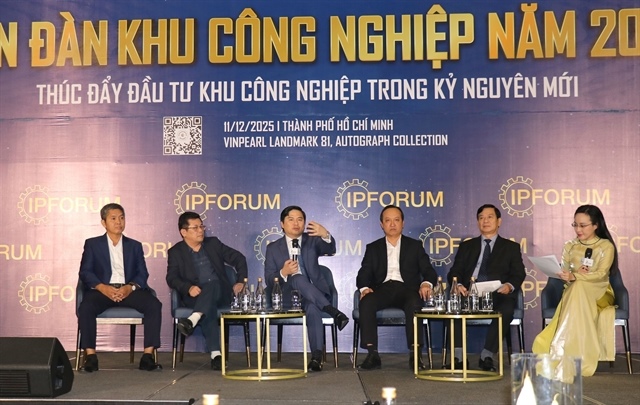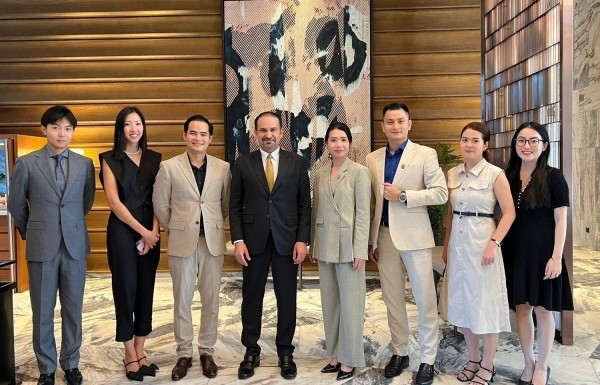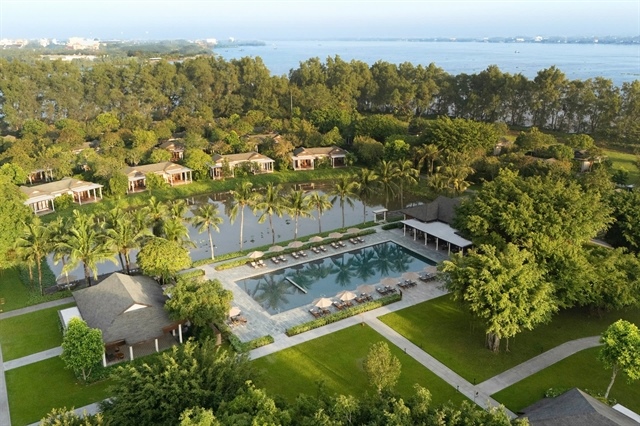Real estate heat wave thaws projects on ice
Real estate heat wave thaws projects on ice
Vietnam’s real estate market has been experiencing something of a heatwave over the past few months.

JLL Vietnam country head, Stephen Wyatt, said that with the economy back on track, the property market had gathered momentum over the past 18 months, focused mainly on the residential sectors in major cities like Ho Chi Minh City and Hanoi.
Here, residential sales recorded all-time highs in the first quarter of this year, reaching around 9,000 and 8,000 units respectively.
In Hanoi, the west and southwest still gather the most in terms of unit numbers, accounting for 75 per cent of total supply. Ba Dinh district is scheduled to welcome three high-end projects supplying 488 new units. Given the strong supply in the pipeline and strong sales, the market could be stabilising after its unprecedented growth in 2015.
According to Tran Nhu Trung, deputy general director of Capita Trading and Investment JSC, the improvement of infrastructure in the west of Hanoi is supporting the property market here.
A range of projects that were put on ice due to the large stock supply in this area are now being re-launched, accompanied by several newly launched projects.
Meanwhile, in Ho Chi Minh City, according to figures from CBRE Vietnam, new launches continued in the east (48 per cent) and the south (31 per cent). Interestingly, the west became busy again, accounting for 11 per cent of new supply.
“This partly reflects the recent trend of developers to move to the west for cheaper land prices, greater availability of land banks, and improved infrastructure,” commented CBRE general manager Marc Townsend.
The Grade-A office rents in Ho Chi Minh City are increasing due to lack of supply and increasing demand. Meanwhile, vacancy rates across all grades are down to six per cent, a figure last seen at the end of 2008.
The retail market remains a mixed bag with some centres performing well, notably Vivocity, Crescent, Lotte and AEON, with the much anticipated Saigon Centre phase 2 coming on line in mid-2016. In addition, with the participation of Vietnam in the Trans-Pacific Partnership (TPP), many new international brands are looking to enter the market, including Zara and H&M.
The hospitality sector is experiencing a resurgence, with many hotels reporting strong occupancy rates and a large number of new operators entering the market, especially in coastal areas like Danang, Nha Trang, and Phu Quoc.
Last but not least, activities within the industrial sector have improved, with many companies looking to enter Vietnam due to its low labour costs and improving infrastructure.
“This sector will get a further boost when a number of free trade agreements (FTA) take effect, including the EU- Vietnam FTA and TPP. Vietnam stands to be one of the largest beneficiaries of the TPP over the next five or ten years,” Wyatt commented.
Foreign investors have been circling Vietnam for some time with many groups kicking the tyres and trying to understand how to gain a foothold in the market. More transactions are now being registered, with Japanese groups leading the way. Outstanding Japanese investors are Creed Group, Daibiru, Hankyu Realty, and Nishi Nippon Railroad.






















